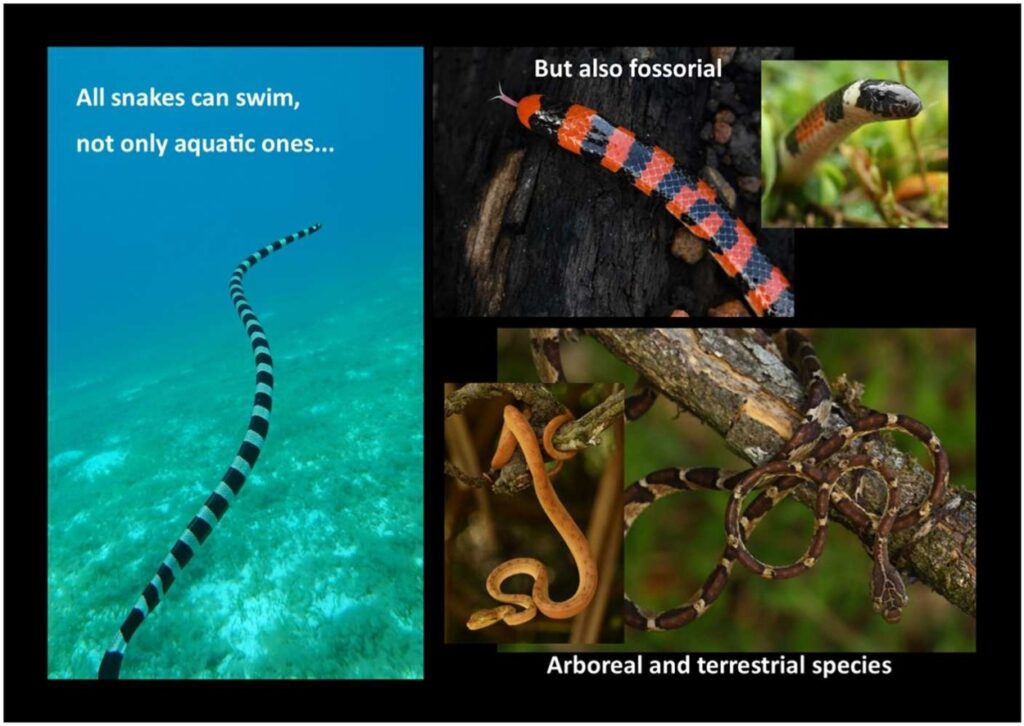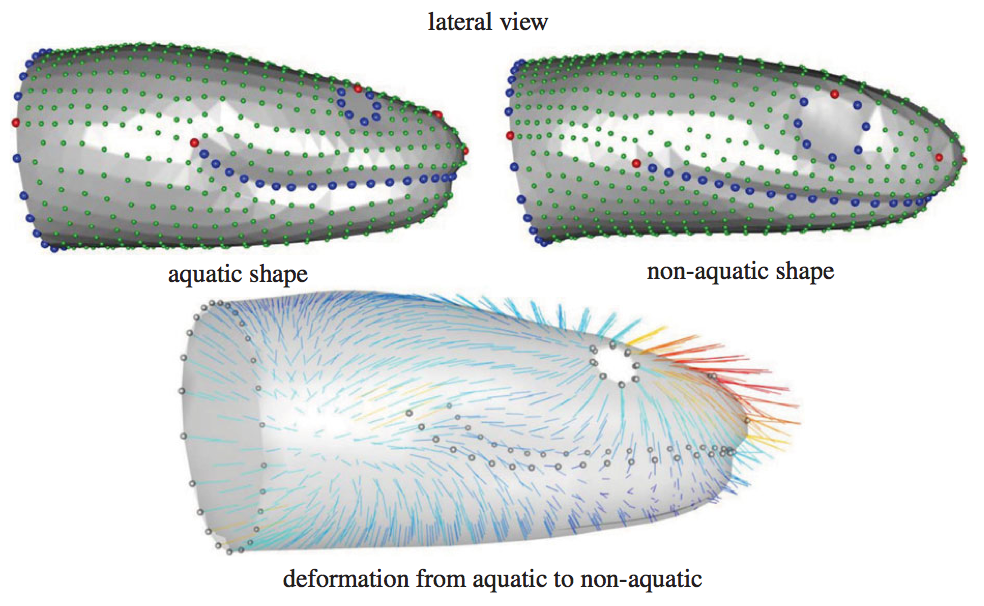A review of the evidence and testing species across phylogeny and morphological diversity
G. Fosseries, A. Herrel, R. Godoy-Diana, P. Gaucher, M. Traimond, A. Joris, K. Daoues, A. Gouygou, O. Chateau, H. Gossuin, P. Banzept, C. Banzept, D. Lefebvre, & X. Bonnet
Zoology 126223 (2024).
doi: 10.1016/j.zool.2024.126223
Whether the ancestors of snakes were burrowing, land-dwelling, or marine creatures has led to questions about whether all modern snakes can swim or if this ability varies among different snake groups. As part of Guillaume Fosseries‘ PhD thesis and of the ANR Dragon2 project, led by Xavier Bonnet at the Centre d’Études Biologiques de Chizé (CEBC UMR7372, CNRS, La Rochelle University), we conducted a comprehensive systematic review following PRISMA guidelines, incorporating published literature, personal communications, and website information to examine swimming abilities across snake species. This review found swimming information for only about 11% of all known snake species, with most data coming from aquatic species and very little from burrowing or early-evolved snake groups. To address these significant phylogenetic gaps in our knowledge, we directly tested the swimming capacity of 103 diverse snake species plus 13 other limbless and limbed reptiles. Every single species we examined demonstrated the ability to swim, confirming that this universal swimming ability appears to be a shared trait among many land vertebrates that move by undulating their bodies from side to side. These results suggest that swimming capacity alone cannot help determine the evolutionary origins of snakes, and that future research should focus on measuring swimming performance, efficiency, and technique rather than simply whether snakes can swim at all.



